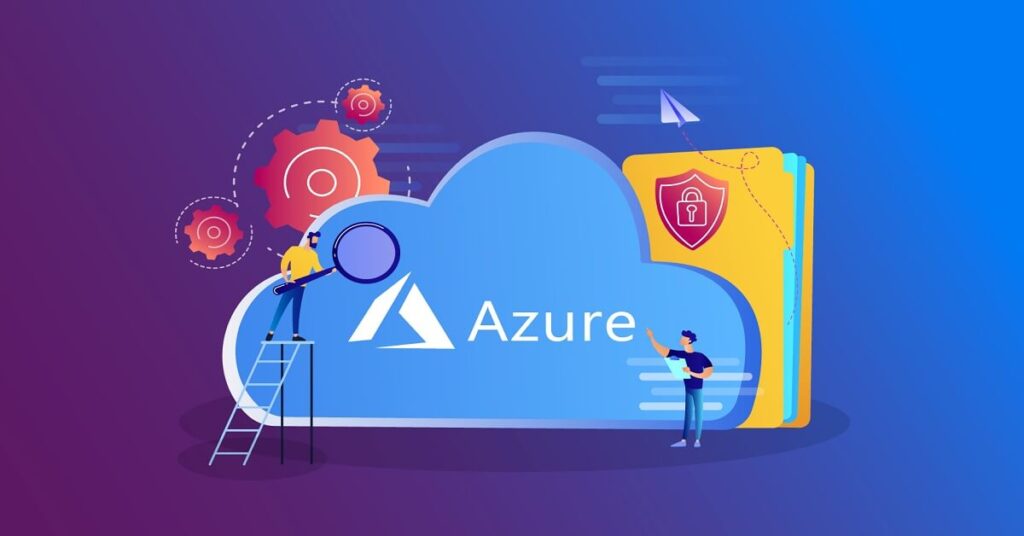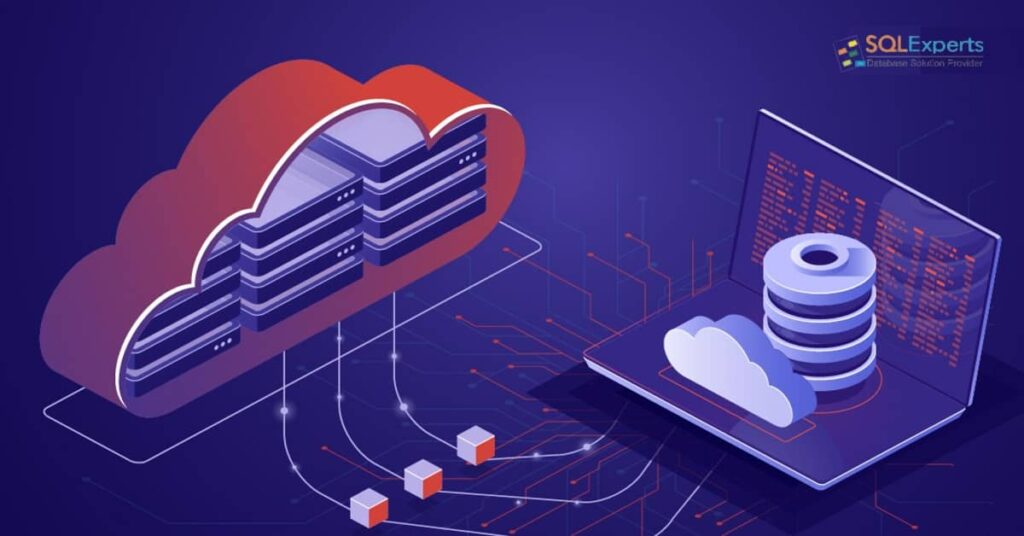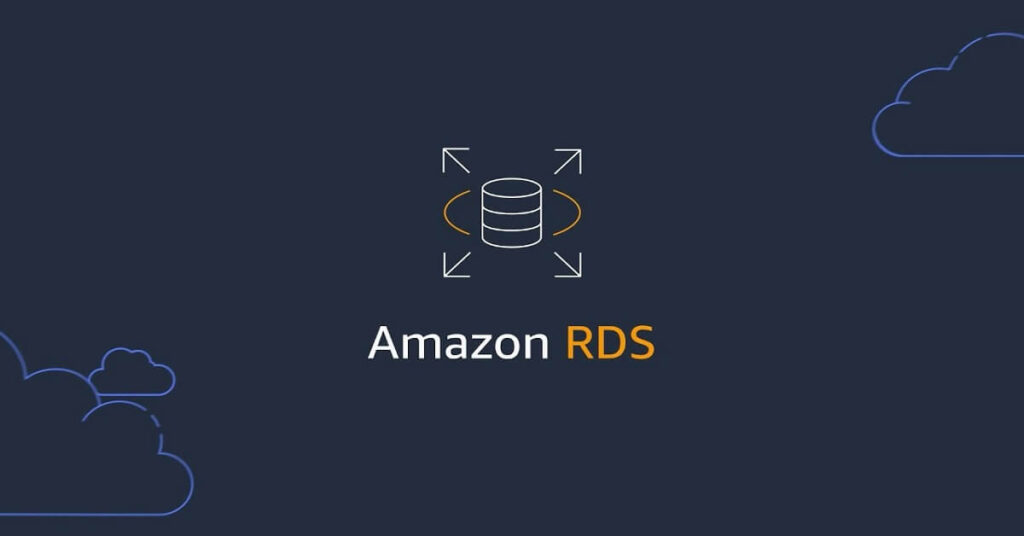How Does Cloud Migration Work And Why Is It Important?
Cloud migration has become one of the essential components, which allows for the geographical movement IT resources, data, and applications of the business from the local premises to the cloud. This shift calls for not only a reduction of expenses and an increase in throughput, but also calls for the adoption of new technologies such as artificial intelligence and big data. Nevertheless, once organizations take their first steps to the cloud it becomes crucial – firstly, to maximize the benefits and secondly, to prevent the challenges – develop a consistent strategy towards cloud transition in the cloud adoption phase. What is Cloud Migration? Cloud migration involves the transition of data, applications and IT resources from local hardware or old data centers to a cloud environment. In addition, it can mean relocating some of the resources from one cloud provider to another, or switching the configuration from a private cloud to either a public or a hybrid one. The essence of cloud migration is realizing growth, increased agility and better operational capabilities by harnessing the vast computing resources provided by cloud computing solutions like AWS, Google or Microsoft Azure. Migration to the cloud may include: Data Migration: Migrating databases, file systems, and other data resources into the cloud. Application Migration: Shifting business applications or tasks to the cloud infrastructure. Infrastructure Migration: Shifting entire IT infrastructures, including servers, storage, and network resources, to the cloud. How Does Cloud Migration Work? Cloud migration is a process that comprises a series of steps, all of which are geared towards making the transition easier and less disruptive to the business operations. This is how cloud migration works: Assessment and Planning: Perform an evaluation of the current IT environment with the aim of finding which existing applications, data, and workloads can be migrated. Formulate a detailed plan for migration which defines goals, timeframes, resources needed, and measures to reduce any risks. Selecting the Right Cloud Environment: Select the appropriate cloud model (public, private, hybrid, or multi-cloud) in relation to the needs of the organization. Select a cloud service provider on the basis of the pricing, services offered, assistance provided and compliance mechanism. Migration Strategy Development: Depending on the complexity of the workloads and the business goals, choose the suitable migration strategy such as Rehosting, Replat forming, or Refactoring. Data Transfer and Application Migration: Employ migration methodologies and services to transfer data and applications to the cloud. This may consist of sending data directly or employing cloud-based migration services. Maintain data fidelity, and ensure application compatibility in the process of transferring information. Testing and Validation: Carrying out evaluation to check that applications work properly in a cloud setup and within acceptable performance limits. Ensure the trustworthiness of the data and protection mechanisms before exposing the migrated systems to operational state. Optimization and Management: Implement cloud management tools after migration for performance, resource utilization, and cost monitoring. Manage cloud resources to maximally efficient use and rectify any arising performance challenges. Why is Cloud Migration Important? Over the past few years, cloud migration has emerged as a universal business strategy for the following reasons: Cost Savings: Moving to the cloud makes it unnecessary to keep any on-premise devices, meaning less capital outlay and decreased maintenance costs. Companies can also benefit from the pay-as-you-use models, where only the resources consumed are paid for. Scalability: Cloud platforms provide businesses with the flexibility to adjust their IT infrastructures based on usage trends: scaling up or down to ensure availability during periods of high user demand while preventing wastage on resources that are not needed. Enhanced Security: Prominent clouds and service providers (CSPs) incorporate sophisticated security measures, including but not limited to, data encryption, identity and access management (IAM) and compliance audit automation, which guarantees a superior level of security than what on-premise setups are able to offer. Improved Collaboration: The shift to the cloud facilitates the use of applications and data remotely, thus allowing real-time teamwork without any physical barriers. This has become all the more pertinent in the modern-day where remote and hybrid working models are common. Access to Advanced Technologies: Moving to the cloud enables the consumption of applications and data from any location, consequently making it possible to collaborate in real-time without any physical restrictions. This has, however, become more relevant in the current era considering that many people work remotely or in a hybrid manner. Types of Cloud Migration Different organizations can cloud migrate in different ways depending on their requirements as well as the disposition of their IT assets. Such common types are: Rehosting (Lift and Shift): Migration of applications to the cloud with less or no modification of the application. This is a faster approach; however it may not leverage cloud native capabilities completely. Most suitable for businesses that are under pressure to relocate or do not have the time to carry out a rearchitecture of their applications. Replat forming (Lift, Tinker, and Shift): This entails performing light modification of applications prior to their relocation to the cloud. It allows for partial employment of cloud native attributes without completing any overhauls. Appropriate for applications able to take advantage of cloud elasticity, however not suitable for a complete overhaul. Refactoring (Re-architecting): Clouds-native applications involve designing and developing applications from the ground up and often incorporating services like microservices, containers, and serverless architectures. It allows for maximum flexibility and efficiency while also taking up considerable time and resources. Repurchasing (Replacing): Replaces an application which was designed and constructed internally with a more ready-to-use cloud-based application available in the market (e.g., moving from an installed CRM system to a cloud-based solution such as Salesforce). o It is most ideal for certain types of corporations that wish to do away with archaic software systems and appliances in usage today. Retiring: Recognizing and dismantling obsolete applications that have outlived their usefulness, as would be the case in a migration exercise. Inherent advantages extend to a simplified process for the transfer of systems, in that only the necessary
How Does Cloud Migration Work And Why Is It Important? Read More »









